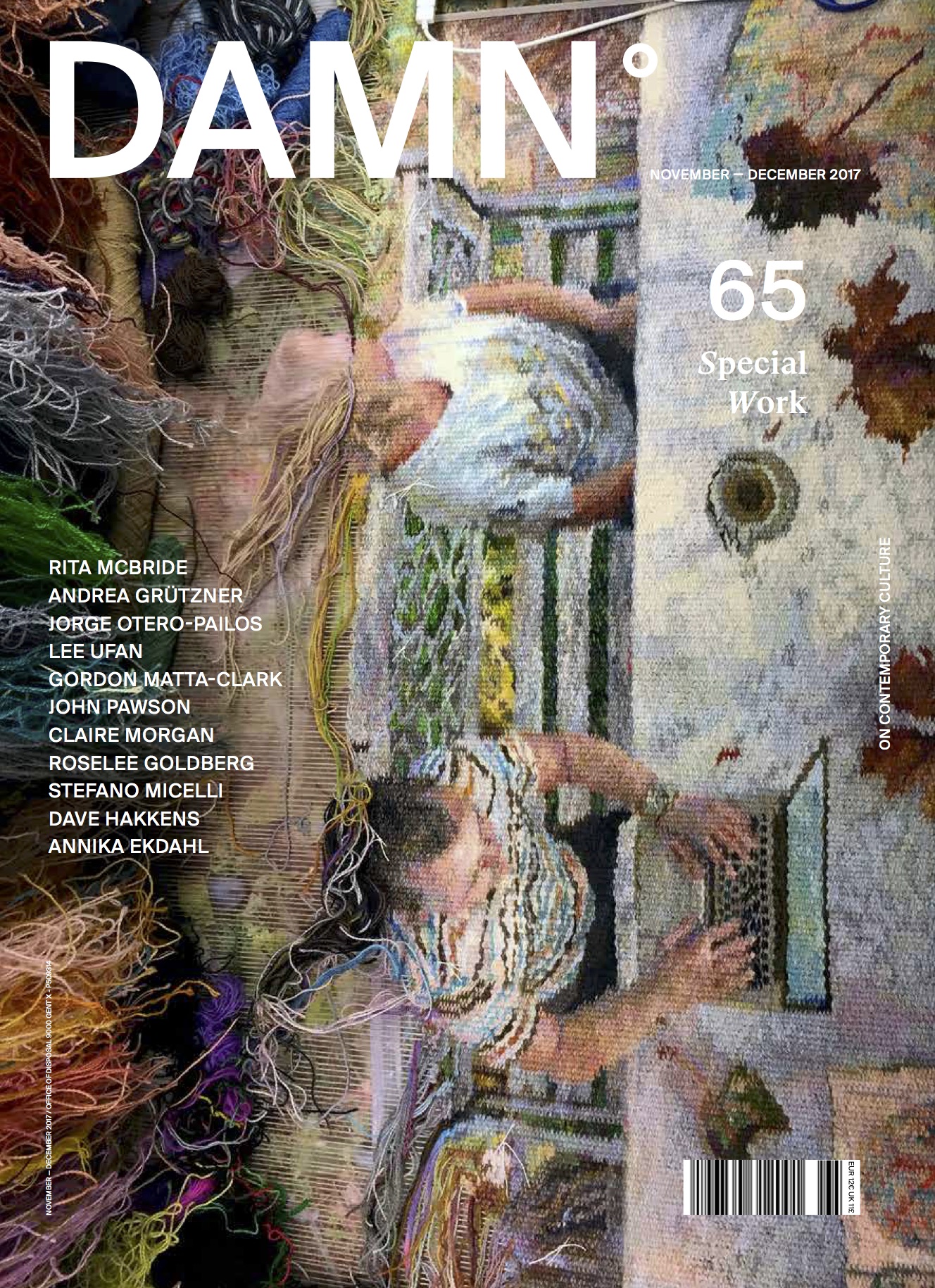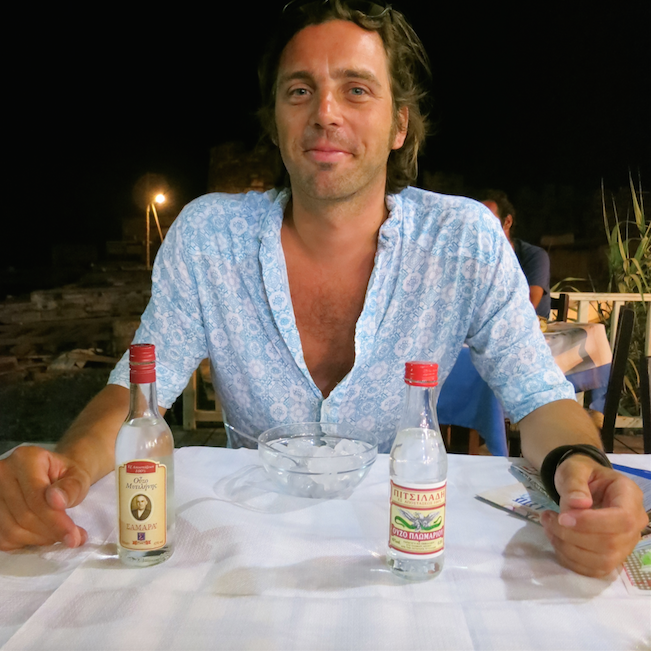DAMN°: Your work is on the crossroads between art, architecture and design. Did you study architecture or sculpture?
Rita McBride: Both actually. I went to a liberal art college that covered a broad spectrum from art to biology, and liberal art education [is an approach] I really like. Afterwards, I decided to go to architecture school but never finished. So I started working in an architecture firm in New York, yet soon realised that the actual job was not something I could manage very well. I preferred to think of architecture intellectually, as an academic discipline. I was very excited about architecture but its practise was not for me. Then I went to CalArt (California Institute of the Arts) for two years. That was highly conceptual. It was more about reading and ideas, but I did manage to make a couple of larger installations. I was very allergic to objects. So when you ask me about sculpture, it is not a process I am engaged in.
 DAMN°: What is your problem with the term ‘sculpture’? Does it remind you too much of a commodity?
DAMN°: What is your problem with the term ‘sculpture’? Does it remind you too much of a commodity?
RM: Not at all. I am really interested in ‘value’ and I find objects beautiful. It is more about noticing the gaze with which we look at objects that I sometimes find embarrassing. Like when you stare at a beautiful bronze sculpture in a museum and then realise you were not looking at its best angle. I prefer a more filmic relationship to the world. There is much more information in the peripheral field.
 DAMN°: So it is more about the bigger feeling, or ‘experience’, to use an awful word. Is that also what you wanted
DAMN°: So it is more about the bigger feeling, or ‘experience’, to use an awful word. Is that also what you wanted
to reach with Arena, a huge plywood ru ure that fun ions as a trigger for various events, rather than an actual object?

 RM: Arena is based on a particular space in the Witte de With Centre for Contemporary Art in Rotterdam, which produced the piece. I have always been fascinated by these large-scale stadiums that look completely different when they are full. But basically, there was a lot of politics going on in Witte de With. And somehow, as an artist, I felt I couldn’t compete with the politics of the place. So I thought I would formalise it [...] it had a function by becoming the structure. Then I started thinking of Arena as a studio for myself. We were programming things I was interested in discovering, or seeing how they would function in a public sphere. Now I am more into producing dance pieces in and around the arena. But I went through a phase of lectures and political [forums]. However, I noticed that it is not interesting as a screening [room] for movies. It just becomes fancy seating.
RM: Arena is based on a particular space in the Witte de With Centre for Contemporary Art in Rotterdam, which produced the piece. I have always been fascinated by these large-scale stadiums that look completely different when they are full. But basically, there was a lot of politics going on in Witte de With. And somehow, as an artist, I felt I couldn’t compete with the politics of the place. So I thought I would formalise it [...] it had a function by becoming the structure. Then I started thinking of Arena as a studio for myself. We were programming things I was interested in discovering, or seeing how they would function in a public sphere. Now I am more into producing dance pieces in and around the arena. But I went through a phase of lectures and political [forums]. However, I noticed that it is not interesting as a screening [room] for movies. It just becomes fancy seating.
DAMN°: Arena was based on the notion of collaboration, which is something you also do for your present show in Wiels, where you invite various arti s to contribute during the four months of the exhibition run. Is that an in iring model for you?
RM: It has a lot to do with thinking in a larger way. A lot of things don’t just come from me. I really love the freshness and the whole process of working together. More possibilities arise, but also more challenges and possibilities of failure, which makes it more exciting.
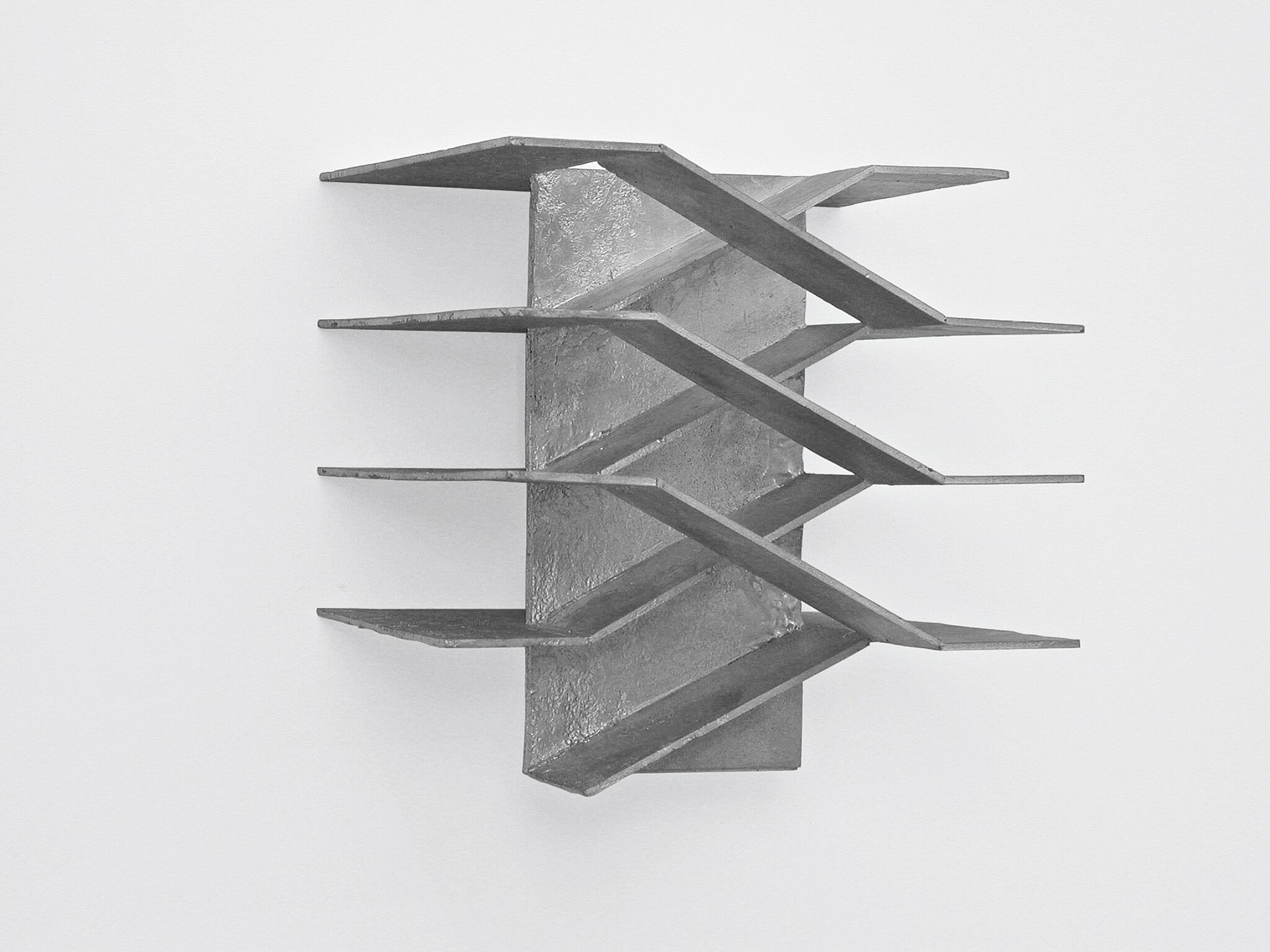
DAMN°: How important is your studio practice? Do you have a lot of assistants or do you outsource the work?
RM: I am post-studio. Most of my work [takes place] lying down, meditating and visualising things. Then there are a lot of investigations, to see what is possible and available to fabricate. I try to push the limits of material a lot. I am always interested in things like carbon fibre, which I used for a project in Munich. We had to go through all this testing and coding to see what was possible. I like all that. I used to build models but now I do it on the computer. I draw a lot but that is just for starting the visualisation, which I mainly do in my mind.
DAMN°: Can you tell something more about the white railing that runs through the three floors of Wiels, and is an installation (Guide Rails, 2017) apparently influenced by a ranch?
RM: As I understand it, from the beginning the space used to be an open platform, so I was surprised to see a grid of walls. These turned out to be [part of the] scenography that Richard Venlet had made for the previous exhibition, The Absent Museum. I was thinking how I could do a show without tearing these walls down, as Richard did such a fantastic job. In general, I try to work with what is present in the space. Then I saw it as the opportunity to realise an idea I’d had for a long time, which is about territory and fences and how we determine space. It found its form through a genre, a Wild West ranch, or Mulholland Drive. And I decided to make it the same size as Richard’s walls, which are 200m long. I wanted to think of it not as a super dogmatic structure but more as a democratic structure. It is less a construct that dictates your motion and direction than one that helps you not to fall off the cliff, like in Mulholland Drive. I didn’t know how to install it. I just knew the dimensions and the feeling of how it should look. I took a lot more cues from the actual building structure. Many of them are in line with the concrete beams and not Richard’s walls. They follow the inherent structure of the building. I find it an interesting way to move through the exhibition. You are moving through time and space like in a movie. And sometimes you stop to see something, like the view of a valley.
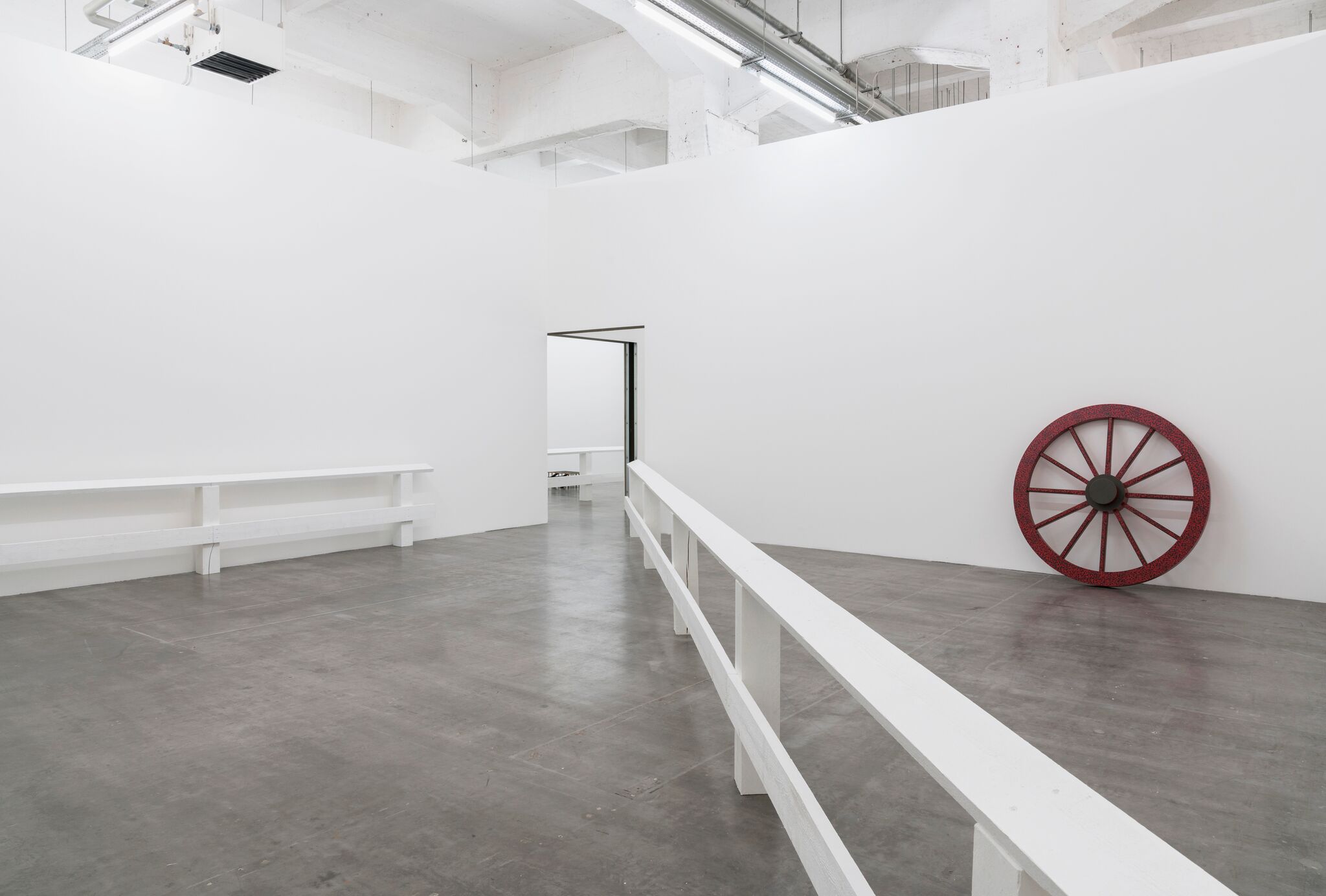
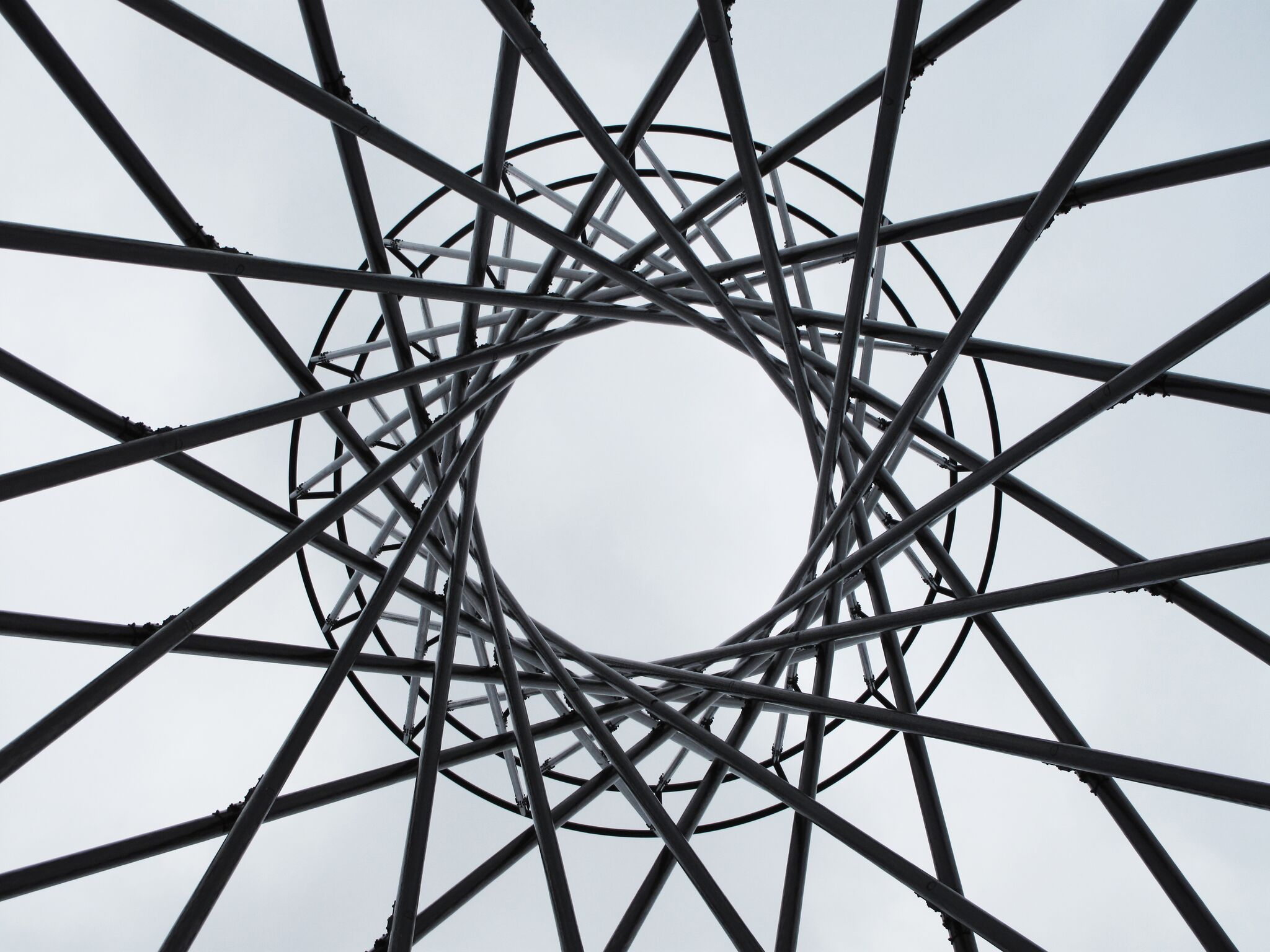
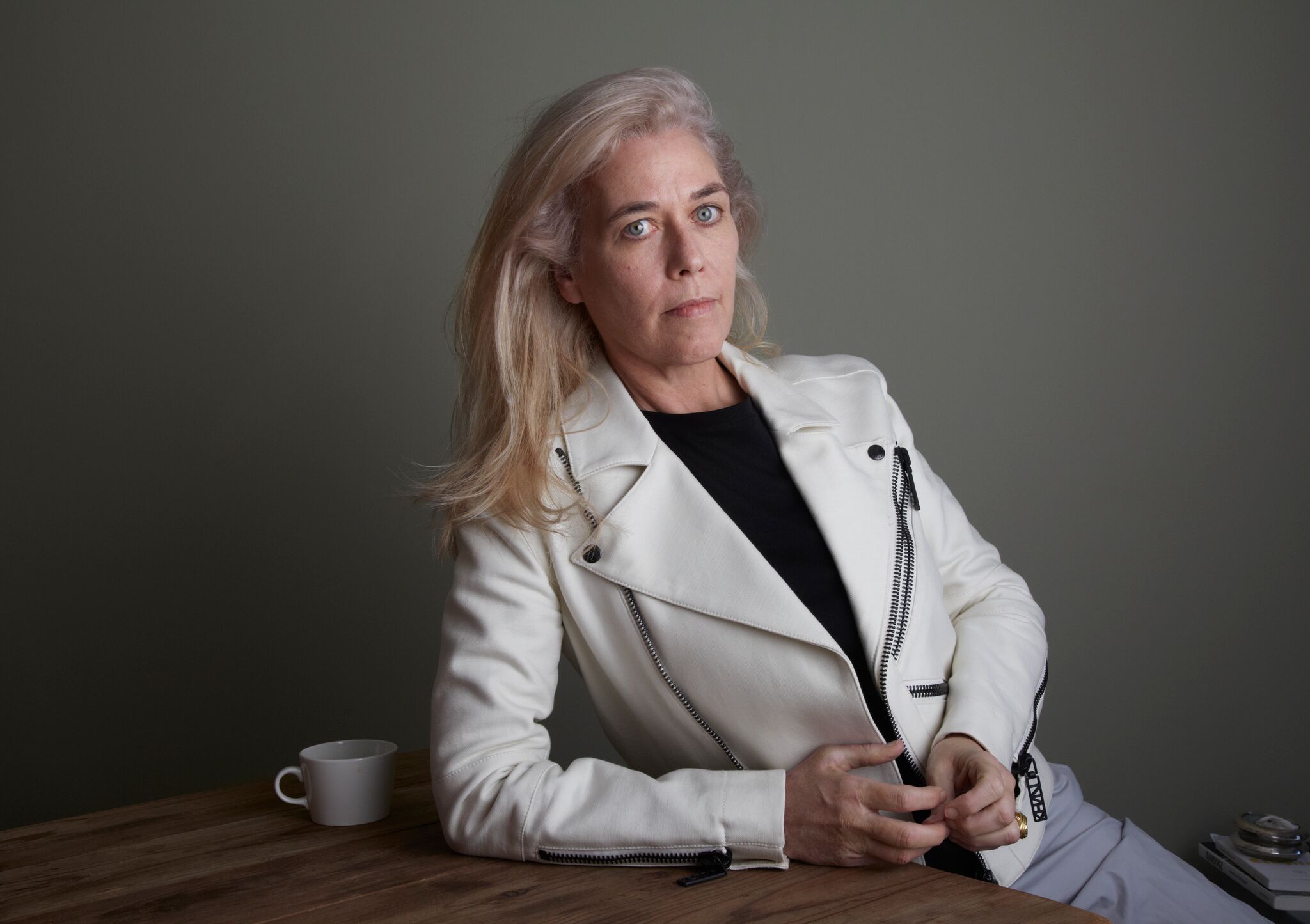
Rita McBride: Both actually. I went to a liberal art college that covered a broad spectrum from art to biology, and liberal art education [is an approach] I really like. Afterwards, I decided to go to architecture school but never finished. So I started working in an architecture firm in New York, yet soon realised that the actual job was not something I could manage very well. I preferred to think of architecture intellectually, as an academic discipline. I was very excited about architecture but its practise was not for me. Then I went to CalArt (California Institute of the Arts) for two years. That was highly conceptual. It was more about reading and ideas, but I did manage to make a couple of larger installations. I was very allergic to objects. So when you ask me about sculpture, it is not a process I am engaged in.

Arena, 1997 - 2012. Installation view, Museu d’Art Contemporani de Barcelona, 2012. Photo: Anne Pöhlmann
RM: Not at all. I am really interested in ‘value’ and I find objects beautiful. It is more about noticing the gaze with which we look at objects that I sometimes find embarrassing. Like when you stare at a beautiful bronze sculpture in a museum and then realise you were not looking at its best angle. I prefer a more filmic relationship to the world. There is much more information in the peripheral field.

National Chain, 1997 - 2014. Installation view, Museum of Contemporary Art, San Diego, 2014. Photo: Pablo Mason
to reach with Arena, a huge plywood ru ure that fun ions as a trigger for various events, rather than an actual object?

Chair (Smoked), 2000. Murano glass and plastic 90 × 42 × 53 cm. Photo: archive Rita McBride

Public Tender exhibition, 2012 Installation view, Museu d’Art Contemporani de Barcelona. Photo: Anne Pöhlmann. Machine #6 (Dick), 2001 Titanium, 145 × 91 × 109 cm. Machine #1 (Damien), 2001 Ttitanium, 191 × 86 × 97 cm. Machine #5 (Roni), 2001 Titanium 147 × 56 × 61 cm
DAMN°: Arena was based on the notion of collaboration, which is something you also do for your present show in Wiels, where you invite various arti s to contribute during the four months of the exhibition run. Is that an in iring model for you?
RM: It has a lot to do with thinking in a larger way. A lot of things don’t just come from me. I really love the freshness and the whole process of working together. More possibilities arise, but also more challenges and possibilities of failure, which makes it more exciting.

Parking Ramps (South), 2000 Aluminum, 40 × 39.5 × 34.5 cm. Photo: archive Rita McBride
DAMN°: How important is your studio practice? Do you have a lot of assistants or do you outsource the work?
RM: I am post-studio. Most of my work [takes place] lying down, meditating and visualising things. Then there are a lot of investigations, to see what is possible and available to fabricate. I try to push the limits of material a lot. I am always interested in things like carbon fibre, which I used for a project in Munich. We had to go through all this testing and coding to see what was possible. I like all that. I used to build models but now I do it on the computer. I draw a lot but that is just for starting the visualisation, which I mainly do in my mind.
DAMN°: Can you tell something more about the white railing that runs through the three floors of Wiels, and is an installation (Guide Rails, 2017) apparently influenced by a ranch?
RM: As I understand it, from the beginning the space used to be an open platform, so I was surprised to see a grid of walls. These turned out to be [part of the] scenography that Richard Venlet had made for the previous exhibition, The Absent Museum. I was thinking how I could do a show without tearing these walls down, as Richard did such a fantastic job. In general, I try to work with what is present in the space. Then I saw it as the opportunity to realise an idea I’d had for a long time, which is about territory and fences and how we determine space. It found its form through a genre, a Wild West ranch, or Mulholland Drive. And I decided to make it the same size as Richard’s walls, which are 200m long. I wanted to think of it not as a super dogmatic structure but more as a democratic structure. It is less a construct that dictates your motion and direction than one that helps you not to fall off the cliff, like in Mulholland Drive. I didn’t know how to install it. I just knew the dimensions and the feeling of how it should look. I took a lot more cues from the actual building structure. Many of them are in line with the concrete beams and not Richard’s walls. They follow the inherent structure of the building. I find it an interesting way to move through the exhibition. You are moving through time and space like in a movie. And sometimes you stop to see something, like the view of a valley.

Explorer, 2017. Installation view, Wiels, Contemporary Art Centre, Brussels. Photo: Anne Pöhlmann

Mae West, 2002–2011. Photos: Glen Rubsamen



